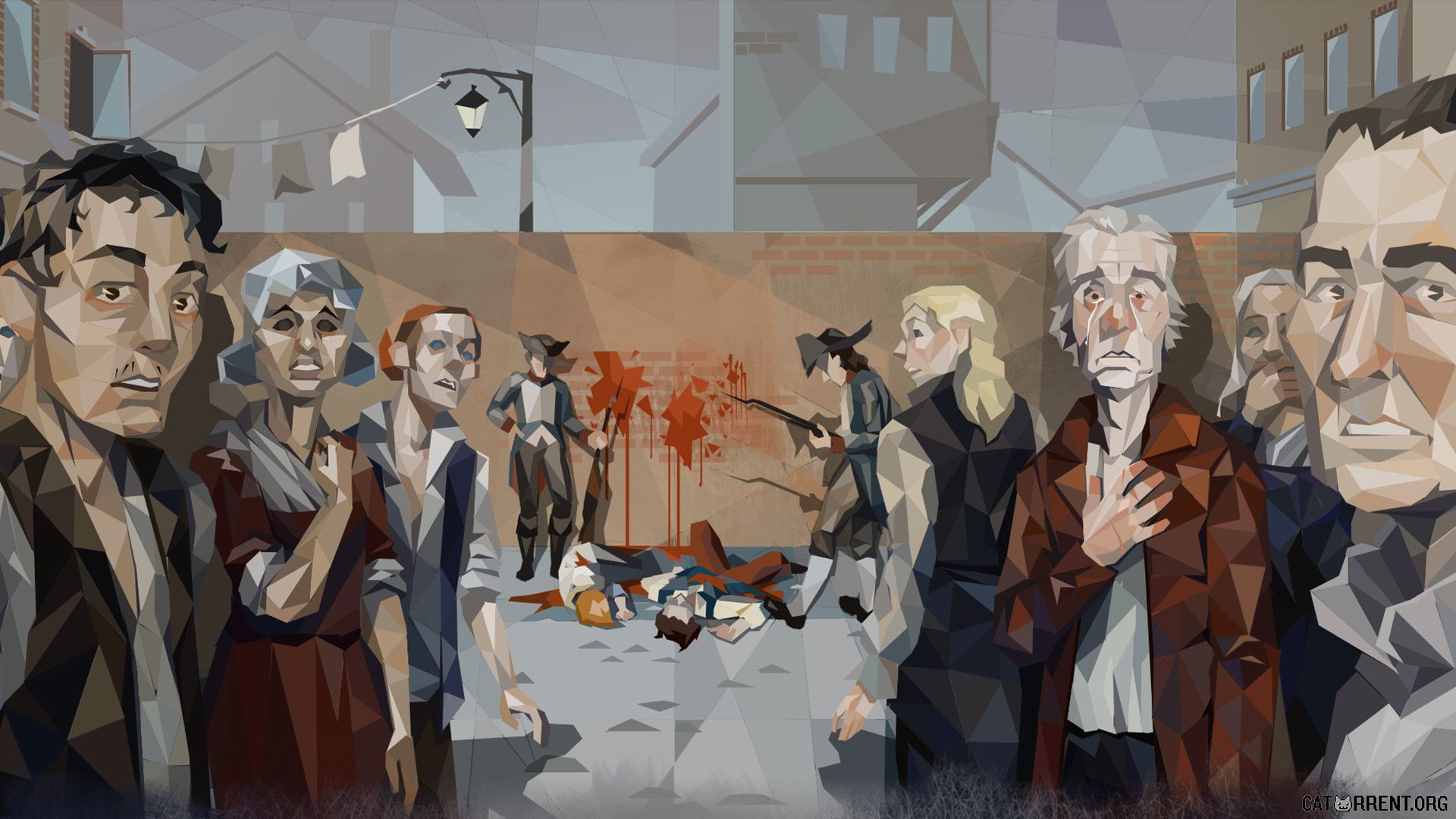
shape-identify talent gaps that must be addressed and design the program infrastructure to address them.scout-analyze the skills required to achieve a company’s ambitions.The end-to-end skill transformation has three phases: In Europe, 94 percent of surveyed executives believe that the balance between hiring and reskilling should be equal or tip toward reskilling, compared with only 62 percent of US respondents. This is increasingly vital as disruptive technologies transform job requirements, but the outlook on reskilling differs geographically. Reskilling is the real challenge: workers are retrained with new skills that will enable them to fill different positions within their companies. Upskilling means that employees learn new skills to help them in their current positions as the skills they need evolve. To thrive in the Fourth Industrial Revolution, companies must ensure that their workers are properly equipped through upskilling and reskilling and then hire new people when necessary. Technology, however, is only half of the Industry 4.0 equation. advanced engineering: additive manufacturing (such as, 3-D printing), renewable energy, nanoparticles.


analytics and intelligence: advanced analytics, machine learning, artificial intelligence.connectivity, data, and computational power: cloud technology, the Internet, blockchain, sensors.Industry 4.0 brings these inventions beyond the previous realm of possibility with four foundational types of disruptive technologies (examples below) that can be applied all along the value chain:

Seventy percent said their companies were already piloting or deploying new technology.ĤIR builds on the inventions of the Third Industrial Revolution-or digital revolution-which unfolded from the 1950s and to the early 2000s and brought us computers, other kinds of electronics, the Internet, and much more. Steam propelled the original Industrial Revolution electricity powered the second preliminary automation and machinery engineered the third and cyberphysical systems-or intelligent computers-are shaping the Fourth Industrial Revolution.īefore 2014, the Google search term “Industry 4.0” was practically nonexistent, but by 2019, 68 percent of respondents to a McKinsey global survey regarded Industry 4.0 as a top strategic priority.


 0 kommentar(er)
0 kommentar(er)
